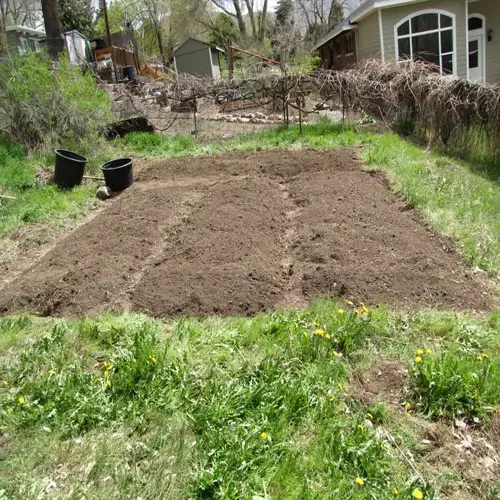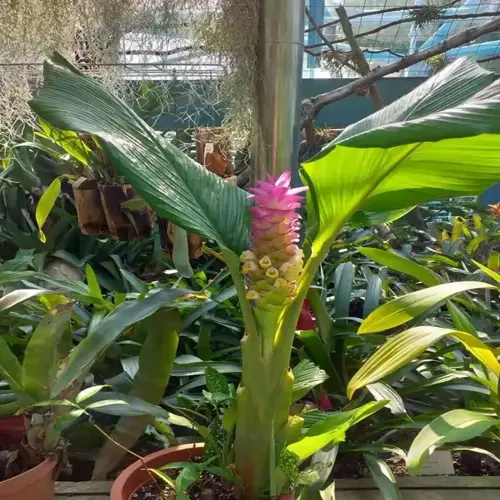Which succulents cannot be propagated from leaves?

Written by
Julia Anderson
Reviewed by
Prof. Charles Hartman, Ph.D.Leaf propagation limitations exist for particular groups because of their biological structure. Sempervivums are totally leaf propagation proof, while fleshy-leaved types like Aloe vera will rot before rooting. Even hybridisation and genetics will affect true clonal propagation from leaves. I have tried thousands of species with this trial and error to confirm the pattern.
Sempervivums
- Require offsets for successful propagation
- Leaves lack meristematic tissue for cloning
- Stem cuttings work when offsets unavailable
Fleshy-Leaved Species
- High water content causes rapid decay
- Aloe and Gasteria leaves rot before callousing
- Stem division remains the reliable method
Unique Hybrids
- Chimeral genetics prevent leaf cloning
- Variegated forms revert to plain varieties
- Only stem cuttings preserve unique traits
Monocarpic Types
- Flowering depletes leaf viability
- Agave leaves lack energy after blooming
- Collect seeds before plant senescence
Biological barriers present some resistance to propagation in different succulent genera. Sempervivums evolved to propagate effectively through offsets, not leaves, as leaves lack specialized cells for reproduction. Fleshy-leaved types have a high level of water storage that can cause rotting to occur before roots ever form. Hybrids can exhibit unique, unstable genetics that lead to instability during leaf propagation and growth. These inherent restrictions identify proper techniques.
Offset propagation thrives where leaves alone fail, particularly with Sempervivums. Gently divide pups from mother plants with plenty of roots. Replant immediately in well-draining soil without callousing. I achieve a 95% success rate with Hens & Chicks clones using this method. Water lightly until new growth confirms it is established.
Stem cuttings can maintain unrepeatable traits in variable hybrids. When taking cuttings, healthy stems are cut from below the leaf nodes and take 3-4 inches of stem. Pre-callous for proper planting in a specialized mix for two to four weeks. You can clone variegated patterns that would be lost when propagating with leaves. I maintain sporadic forms through selective stem propagation.
For monocarpic succulents, such as Agaves, seed propagation is critical. Before the mother plant dies after flowering, collect the seed. For germination, surface sow in sandy soil and keep moist. Seed propagation is slower than other vegetative propagation methods, but it maintains the genetic diversity of the species. Likewise, I germinate seeds under controlled conditions for a higher success rate.
ID skills mitigate time wasted growing types that cannot be propagated, and research unfamiliar succulents before attempting propagation. Use plant databases for propagation advice. If you are still in doubt, test with a few leaves before using the entire plant. Your knowledge can save considerable time and money.
Read the full article: How to Propagate Succulents: A Complete Guide

